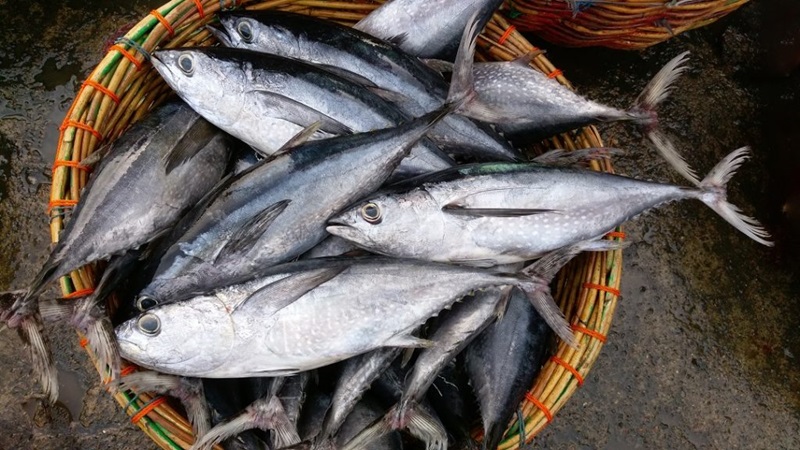AUTHOR
Sri. T N Venugopalan
Business Development Manager; Cochin Frozen Food Exports Pvt Ltd.
History of targeted tuna fishing in India, its processing and export dates back to the year 2001. The trade in tuna-based product comprises mainly of two major species: Yellow fin tuna (Thunnus albacares) and skipjack tuna (Katsuwonus pelamis). They are landed mainly during September to April. Cochin and Vizhinjam in Kerala; Nagapattinam, Thoothukudi and Chennai in Tamil Nadu, Vizag in Andhra Pradesh and Veraval in Gujarat comprise the major landing centres.
Tuna is mainly exported either as whole round or gilled and gutted (G/G) to countries like Thailand, Vietnam, Indonesia, Tunisia, Turkey, Iran and EU countries like Spain, Italy, France and UK. Frozen tuna exported from India is mostly canning-grade which is used as raw material by canaries in importing countries. A minuscule quantity is exported as fresh/ chilled. Chilled tuna trade is a small but growing segment where there is better value realization. However, the suspension of international flights by major airlines in the wake of Covid-19 pandemic has brought the fresh chilled tuna export to a grinding halt by early February 2020.
According to MPEDA reports, India exported 36,287 tons of tuna valued at $56.58 million in 2019-20 registering a sharp decline compared to the export of 55,322 tons tuna valued at US$ 90.47 million in 2018-19. This sharp fall may be due to the Covid-19 induced lockdown in major importing countries like Italy and Spain.
Though the international trade in tuna from India has been registering impressive growth and steady increase over the years, it is beset with numerous challenges related to quality and food safety; and environmental and sustainability issues. Challenges in tuna export trade and possible opportunities for future development are briefly reviewed.
For More >>

